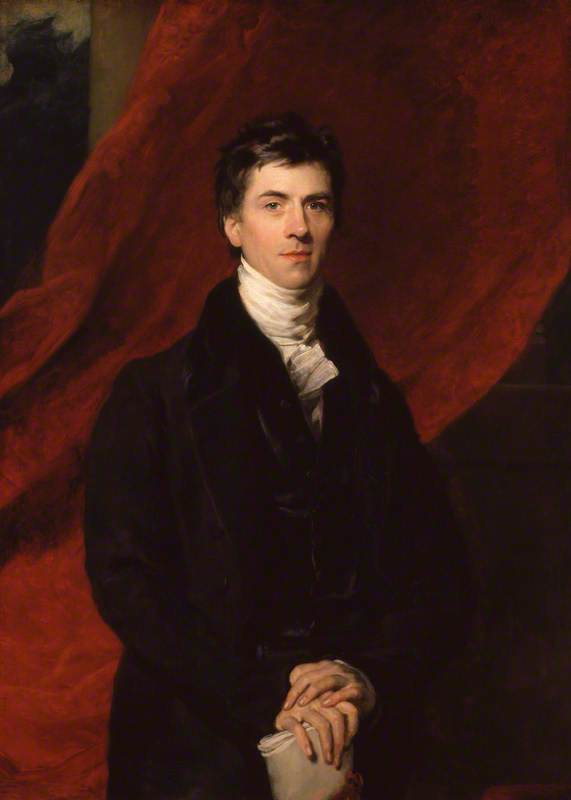This book examines in detail the so-called “Laissez-Faire Experiment” that dominated British government economic policy during the long nineteenth century: 1800 to 1914.
Author W. Walker Hanlon (associate professor of economics, Northwestern University in Illinois) cautions at the outset that modern fiscal analysis is inadequate to a study of the period in question. “The most important government interventions were regulatory and left little trace on fiscal accounts.”
The title of the book invokes the concept of laissez-faire, which is, simply put, a philosophy “that emphasized small and unobtrusive government.” As Halon writes, it “came to dominate British politics and policy in the middle of the nineteenth century. Guided by this philosophy, in the first few decades of the century British politicians and policymakers actively endeavoured to shrink the footprint of government.” This book traces the development of laissez-faire, and why Britian moved towards a more interventionist government by 1914. Britian is the ideal case study, “because it represents the most extensive embrace of laissez-faire ever undertaken in an industrialized and politically stable society.”
While this book concentrates on economics, Hanlon notes “the most enduring applications of laissez-faire philosophy in Britain lie outside of the economic sphere.” This includes religion and press censorship, where “it has continued to be a guiding principle of British policy.”
Before laissez-faire, local authorities exercised “substantial and arbitrary powers. Reigning in these powers was an important goal of the laissez-faire movement, and that could only be achieved by imposing central control over local authorities.”
In debates ranging from child labour to food quality, what animated most politicians were not concerns about the rightness or wrongness of a policy, but rather efficiency. With a distinct lack of empathy, Lord Macaulay argued this in 1846: “I do deny that a great society in which children work 15 or even 12 hours a day will, in the lifetime of a generation, produce as much as if those children had worked less.” Needless to say, this was grist for the mill of a certain novelist of the period: Charles Dickens. Strangely, this is a point Hanlon does not mention. Adding a further dimension to the book by including the literary response to England’s economic state in the 1800s would have benefitted the text, and the arguments he presents.
On the subject of child labour, Hanlon offers a fascinating digression in a study of so-called ‘climbing boys,’ who were tasked with climbing up the inside of chimney flues to clean them. “New apprentices would have to endure sores over their body as their skin was toughened up to permit sliding up and down. Periodically, boys would get trapped in chimneys and die of suffocation.” In 1803, a society was established in London to end this practice, but it was not until 1817 that “a select committee recommended that Parliament prohibit the use of climbing boys.” The bill was introduced without success, and when it was renewed in 1819 the Earl of Lauderdale replied that “this species of legislation he would resist to his last breath.” Lauderdale’s view was defeated, but the use of boys continued. Legislation passed in 1834 said apprentices had to be at least 14. As late as 1875, a boy aged about 12 died in a flue in Cambridge. This is all the more disturbing when one realises that a mechanical chimney-sweep device was patented in 1789, and the machines could be bought by 1803! The chimney sweep issue is but one of many that shows the “innate caution when undertaking government intervention that was the essence of the laissez-faire system.” The situation in the coal mines was no better, as Hanlon also describes. The list of mining disasters takes a whole page. A bill introduced to enhance mine safety was denounced by Lord Henry Brougham as “an unjustifiable interference with the rights of labour and of property.” [To be fair to Lord Brougham, he played a key role in passing the Reform Act of 1832 and the Slavery Abolition Act of 1833] That mine quote is from 1850. In 1869 miners themselves “sent a petition to Parliament asking for more inspectors.” As the decades rolled on, incremental moves were made which gradually reduced mining deaths by a factor of 10 between 1850 and 1914.
But it wasn’t just miners who were being killed by coal. “We find that by 1851, air pollution generated by industrial coal use had a strong effect on mortality in Britain. One third of the urban mortality can be attributed to industrial coal use alone.” Hanlon goes into great detail on the regulation of coal smoke and associated issues. Throughout the book, a very fine use of demographic maps and plots of data enhance the message of the author.
Fundamental change had to wait for the Liberal party to take the reigns of government in the early 20th century. Major legislation from 1906-1911, called the Liberal Welfare Reforms, heralded the end of laissez-faire government policy. The Old Age pension act was passed in 1908, the same year as the Children’s Act, aimed at improving the health and welfare of children. While laissez-faire opened up new opportunities for economic growth, the host of problems associated with it proved too much to sustain. Hanlon also points to advances in science and technology that “highlighted new problems and provided policymakers with new tools for addressing them.”
Remarkably, Hanlon states that “laissez-faire was undermined by some of its greatest supporters…who began to experiment with government intervention.” The process was gradual throughout the period of this book, 1800-1914, and Hanlon has done a great service to offer us this important study. It should be read not just by economists and specialists in government policy, but as essential reading in high schools and early university courses on nineteenth-century Britain.
The Laissez-Faire Experiment: Why Britain Embraced and then abandoned small government, 1800-1914, is by Princeton University Press. It lists for $49.95
